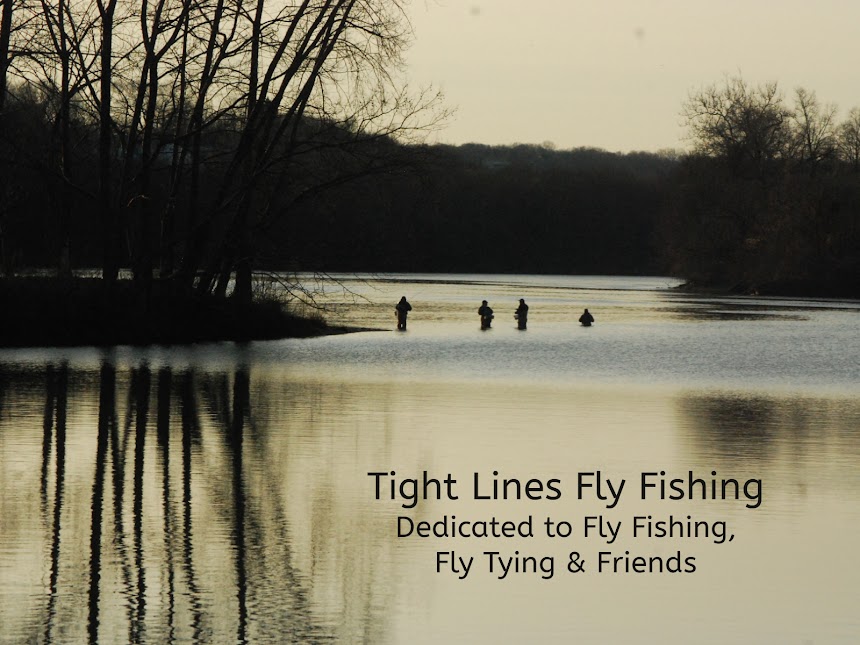Torrey's Bead Head Hares Ear Caddis
Hook: Tiemco 2487 or Scud hook of choice Size #12-#18.
Tying thread: Black or
brown. Bead: Copper colored tungsten bead.
Abdomen/Body: 70% Hare’s Ear (sheared from mask), mixed with 10% gray squirrel, mixed with 10% Hare’s Ear Antron dubbing, and mixed with 10% assorted Ice Dub/Prism Dub (browns, tan, gray, olive-brown). I use a coffee grinder to mix all my dubbing together.
Rib: Copper Ultra-wire ‘brassie’ sized wire.
Weight: .015 lead wire (approximately 8 wraps).
Collar: Hare’s ear Prism/Ice Dub.This fly is from Torrey Collins of Housatonic River Outfitters. Torrey is one of the best and most knowledgeable nymph fishermen I know. He is extremely open in sharing what’s happening on the river. Stop in and see him at HRO or visit HRO on-line at http://dryflies.com/ .
Begin by placing you bead on the hook. Immediately behind the bead wrap your lead wire. Move it right behind the bead to hold it in place. Form a tapered body with your thread ending with your thread approximately half way down the hook bend. Tie in your copper wire rib. Next dub a body leaving a tiny bit of space behind the bead. Palmer and rib the fly. Tie off the rib. Next dub a collar of Hare’s Ear Prism Dub behind the bead. Apply some cement to the thread and finish your fly with a couple of half hitches. Finally, and perhaps the most important step in the tying process, brush the collar/fly with Velcro so that a fly is enveloped in a hazy veil.
Below is Torrey's instructional video on how to tie this fly.
This fly can also be viewed at the
Housatonic Fly Fishermen’s Association website at www.hffa.net
. If you have any
questions about this fly or would like to submit a Fly of The Month I can be reached at 203
305-3850 or e-mail me at pdinice@frontier.com .



.JPG)
.JPG)
.JPG)
.JPG)
.JPG)
.JPG)
.JPG)
.JPG)
.JPG)
.JPG)
.JPG)

.JPG)



